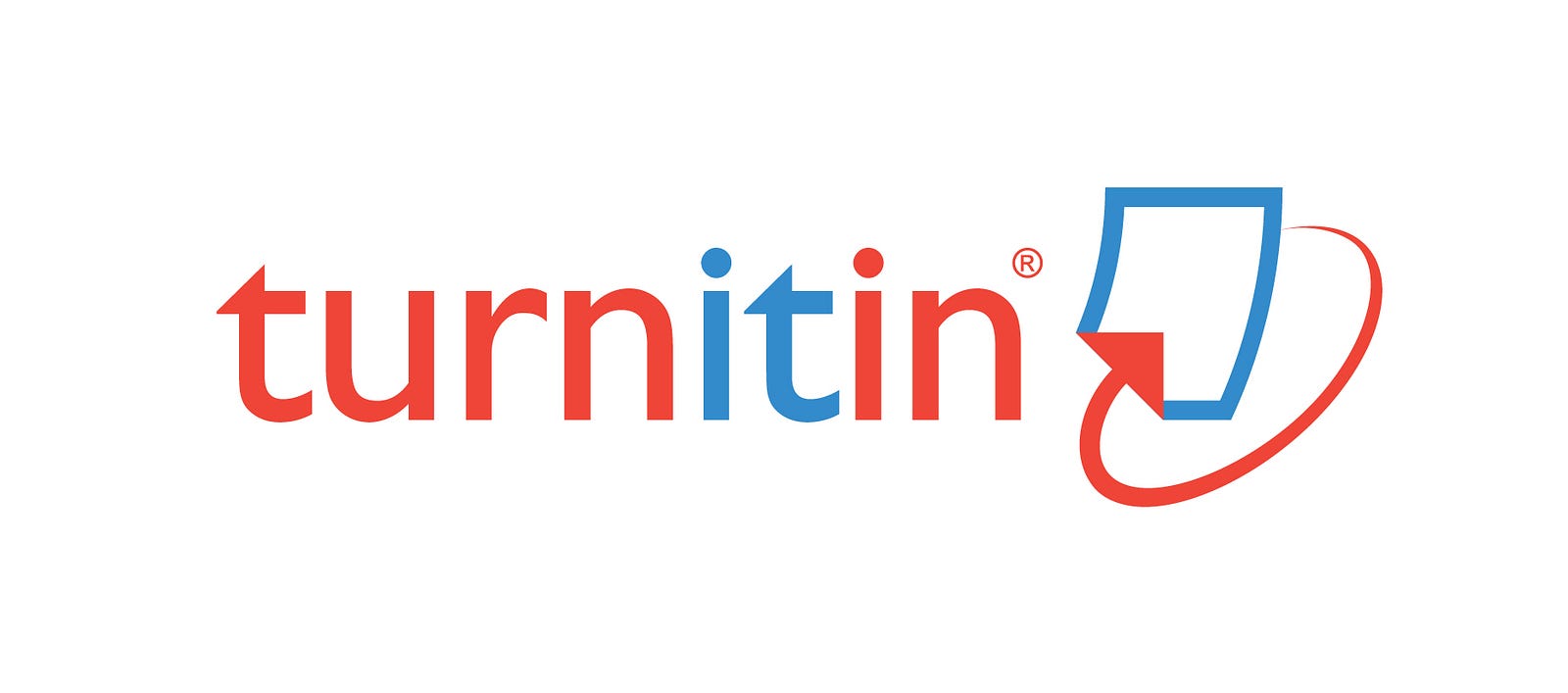UPAYA MENINGKATKAN HASIL BELAJAR PESERTA DIDIK MELALUI METODE MENGAJAR DISCOVERY LEARNING
Abstract
This study aims to determine the improvement of learning outcomes and describe the learning process through the application of discovery learning methods to students of class X OTKP 1 at SMK Negeri 1 Ponorogo. This type of research is included in classroom action research with the design of Kemmis and Mc. Taggart. This study consisted of two cycles and each cycle consisted of four stages, namely planning, action, observation, and reflection. The subjects of this study were students of class X, totaling 15 people. Data was collected by using observation sheets and learning outcomes tests and reinforced by interviews and documentation. Data analysis techniques used are critical analysis techniques and comparative descriptive analysis techniques. The results showed that the learning outcomes of students in the first cycle the percentage of completeness was 73.3% (unfinished) and in the second cycle increased with the percentage of completeness of 86.67% (finish). The average score of student learning activities and teacher teaching in the first cycle both obtained a score of 2 (good enough) and in the second cycle increased with a score of 4 (very good) for student learning activities and a score of 3 (good) for teaching activities teacher. The conclusion from the results of this study is that the application of discovery learning methods can improve the learning outcomes of students in class X OTKP 1 SMK Negeri 1 Ponorogo on communication materials in the workplace.
Keywords
Full Text:
PDFReferences
Salim, M. A. (2017). Pengembangan Aplikasi Penilaian Ujian Essay Berbasis Online Menggunakan Algoritma Nazief dan Adriani dengan Metode Cosine Similarity. IT-Edu: Jurnal Information Technology and Education, 2(01).
Al-Shalabi, E. F. (2016). An automated system for essay scoring of online exams in Arabic based on stemming techniques and Levenshtein edit operations. arXiv preprint arXiv:1611.02815.
Atoum, Y., Liu, Y., Jourabloo, A., & Liu, X. (2017, October). Face anti-spoofing using patch and depth-based CNNs. In 2017 IEEE International Joint Conference on Biometrics (IJCB) (pp. 319-328). IEEE.
Aw, S., Widiarti, P. W., & Hastasari, C. (2019). Evaluasi Program Pelatihan Keterampilan Dasar Komunikasi Bagi Siswa di SMKN 1 Godean Sleman. Efisiensi: Kajian Ilmu Administrasi, 16(1), 11-20.
Balfour, S. P. (2013). Assessing Writing in MOOCs: Automated Essay Scoring and Calibrated Peer Review™. Research & Practice in Assessment, 8, 40-48.
Farida, I. (2017). Evaluasi Pembelajaran Berdasarkan Kurikulum Nasional. 2nd ed. Bandung: PT Remaja Rosdakarya.
Hanafi, M. (2020). Pelayanan publik pemerintah provinsi daerah istimewa yogyakarta melalui efektivitas content website. Efisiensi: Kajian Ilmu Administrasi, 17(2), 156-170.
Liu, I. F., Chen, R. S., & Lu, H. C. (2015). An exploration into improving examinees' acceptance of participation in an online exam. Journal of Educational Technology & Society, 18(2), 153-165.
Milne, D. L., Reiser, R. P., Cliffe, T., & Raine, R. (2011). SAGE: preliminary evaluation of an instrument for observing competence in CBT supervision. Cognitive Behaviour Therapist, 4(4).
Ridlo, I. A. (2017). Panduan pembuatan flowchart. Fakultas Kesehatan Masyarakat, Departemen Administrasi Dan Kebijakan Kesehatan.
Putra, R. R., Arhandi, P., Prasetyo, A. (2016). Rancang bangun aplikasi tes online real time. Jurnal Teknologi Informasi 7(2):149–56.
Sarrayrih, M. A., & Ilyas, M. (2013). Challenges of online exam, performances and problems for online university exam. International Journal of Computer Science Issues (IJCSI), 10(1), 439.
Sébastien, V., Ralambondrainy, H., Sébastien, O., & Conruyt, N. (2012, October). Score analyzer: Automatically determining scores difficulty level for instrumental e-learning. In 13th International Society for Music Information Retrieval Conference (ISMIR 2012) (pp. 571-576).
Setemen, K. (2010). Pengembangan evaluasi pembelajaran online. Jurnal Pendidikan dan Pengajaran, 43(3).
Haberman, S. J., & Sinharay, S. (2010). Reporting of subscores using multidimensional item response theory. Psychometrika, 75(2), 209-227.
Suhartanto, M. (2017). pembuatan website sekolah menengah pertama negeri 3 delanggu dengan menggunakan php dan mysql. Speed-Sentra Penelitian Engineering dan Edukasi, 4(1)..
Sukardi. 2015. Penilaian Pendidikan Prinsip Dan Operasionalnya. Jakarta Timur: PT Bumi Aksara.
Tegeh, I. (2014). Model Penelitian Pengembangan. Yogyakarta: Graha Ilmu.
Tristianti, W., Sastrawijaya, Y., & Yunanto, P. W. (2018). Pengembangan Aplikasi Ujian Online Berbasis Website pada Mata Pelajaran Sistem Operasi Kelas X TKJ SMK Negeri 7 Jakarta. PINTER: Jurnal Pendidikan Teknik Informatika dan Komputer, 2(1), 45-54.
Zupanc, K., & Bosnić, Z. (2017). Automated essay evaluation with semantic analysis. Knowledge-Based Systems, 120, 118-132. 120:118–32.Refbacks
- There are currently no refbacks.









